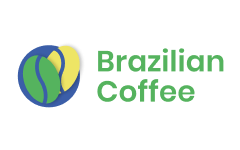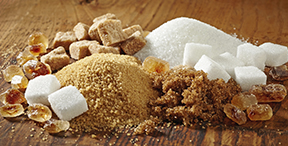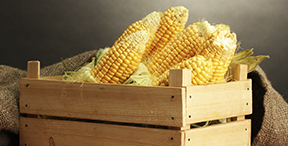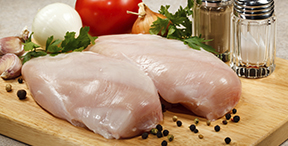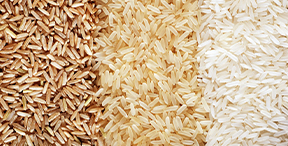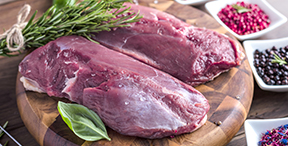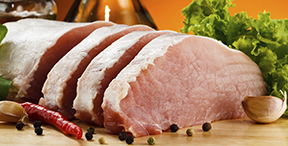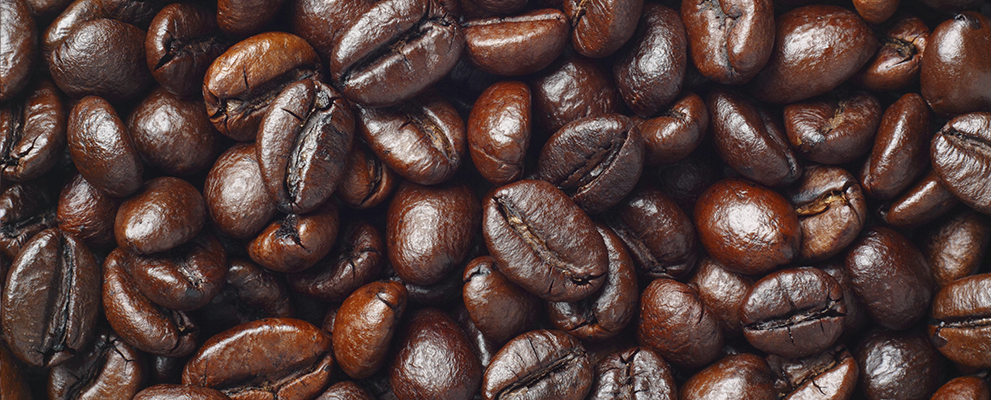
Brazilian Robusta Coffee Export
Brazilian Robusta Coffee. Brazil is the largest producer, exporter and second largest consumer market for coffee. It has a plural and diversified coffee culture, with many aromas and flavors originating from Robusta and robust crops, cultivated from north to south of the country.
The total coffee exported from January to August 2020 was 26.4 million bags, being the second largest volume shipped for the period in the last five years, generating a total of US $ 3.4 billion in exports. Among the varieties shipped in this period, robusta coffee stands out for its 12.9% increase in exports, when compared to the volume of the variety exported in the same period last year. This variety of coffee corresponded to 11.6% of total exports (equivalent to 3 million bags shipped), while Robusta coffee represented 78.3% of shipments (20.6 million bags) and soluble, 10 , 1% (2.7 million bags).
The top five destinations for Brazilian coffee were: United States, which imported 4.9 million bags of coffee (18.5% of the total shipped in the period); Germany, with 4.5 million bags imported (17%); Italy, with 2 million bags (7.6%); Belgium, with 2 million bags (7.3%); and Japan, with 1.3 million bags (5.1%). Following are: Turkey, with 863,900 bags (3.3%); Russian Federation, with 849,500 bags (3.2%); Mexico, with 649,300 bags (2.5%); Spain, with 634.7 thousand bags (2.4%); and Canada, with 562 thousand bags (2.1%).
Get in Touch
For more information on buying or selling brazilian robusta coffee or for asking for Buying Sourcing Services, Buyers Agent Services or for electing a Representative Buyer of foreign Trading Companies for Brazil.
Information About Brazilian Robusta Coffee
The world harvest of robusta coffee for the 2020-2021 coffee year is forecast at 74.3 million 60kg bags, a volume 1.6% higher than 2019-2020. Vietnam, the largest producer of this species, should be responsible for 29.2 million bags, a volume that represents a 3% reduction in relation to the previous harvest.
Brazilian exports of robusta coffee are growing, and this trend is expected to continue. In April, Brazil exported 313 thousand bags, and preliminary data for May point to an even greater volume. INTL expects a crop of 18 million bags of robust coffee for this year, while Usda (United States Department of Agriculture) expects 20 million.
Based on data from the Gross Value of Production - VBP - September 2020, if a ranking of estimated gross sales is established for the five Brazilian geographic regions that produce coffee, considering the two species (arabica and conilon), in decreasing order, the Southeast Region emerges in first place with R $ 28.79 billion, the amount of which is equivalent to 88.5% of the total revenue, followed by the Northeast Region which had its estimate calculated at R $ 1.91 billion, which corresponds to 5.8%. Continuing this ranking, the Northern Region comes in third place with gross revenue estimated at R $ 1 billion, which corresponds to 3%. And, in the sequence, in fourth place, is the South Region with R $ 553 million of potential of collection with the coffee activity, which is equivalent to 1.7%. Finally, in fifth place, there is the Central-West Region, which has an estimated gross revenue from coffee plantations of R $ 238.8 million, corresponding to 0.73% of the total estimated for all coffee plantations in Brazil.
In global production, Robusta coffee beans are second on the list and the most popular in Europe, the Middle East and Africa. Its name does justice to this bean, as it is known for its strong and often rough flavor profile. Robusta coffees have extremely high levels of caffeine, which makes the plant much more resistant than the Arabica species. That's because caffeine acts as a natural insect repellent, eliminating a major threat to the tree. The camphor species of coffee is also particularly tolerant of the environment, so it can be grown at any altitude and climate. Because of its reputation for burning or rubbery taste, robusta is generally not a very popular coffee product, except where very strong coffee is a cultural norm. However, as it is much easier to grow and harvest than Arabica beans, many farmers tend to make larger profits when they can sell Robusta. So, where are you going? Robusta can be used for discount lines, like instant coffees, and is sometimes used as a filler on dark toast. Using 3 parts of Arabica to 1 part of Robusta in a given batch, a roaster can save up to 20% on the cost of raw beans. However, if it seems to you to sacrifice product quality for the end result, you are right.
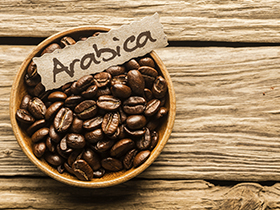
Arabica Coffee
Arabica Coffee is the market leader, corresponding to more than 60% of world coffee production. This is due to its complexity of aromas and its more sweet flavor, having 50% less caffeine and higher sugar content. The so-called specialty coffees (gourmet coffees) are produced from Robusta beans.
Read more...
Robusta Coffee
Robusta coffee (Coffea Canephora), popular for the Conilon variety, tends to be more bitter and striking. It is a species more resistant to pests and diseases, and does not necessarily need to be cultivated in high altitude regions. These variants make the robusta have a lower production cost, consequently making the bag of coffee more affordable. This species is widely used in the production of soluble coffee, which partially explains its bitter taste.
Read more...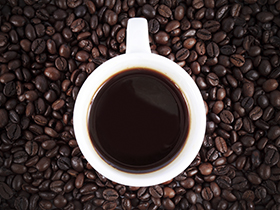
Soluble Coffee
Being a more practical way of consuming coffee, instant or instant coffee is among the favorites of consumers in gigantic markets such as China, Russia, the United Kingdom and Turkey. Its flavor is milder, as it has 20% less caffeine and has several types, such as spray dried, agglomerated and freeze dried / freeze dried. The production of instant coffee basically involves hydration (extraction process) and dehydration (or drying) of the beans. Until reaching this point, the process is the same used for the preparation of fresh coffee: selection of beans, roasting and grinding.
Read more...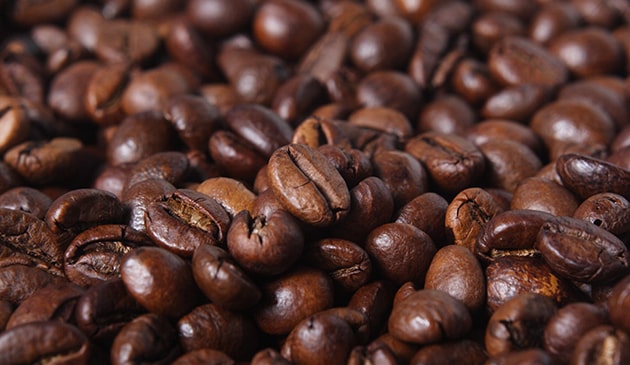
Robusta Coffee
| Caffeine: | 1.7-4% |
|---|---|
| Sugar Content: | 3-7% |
| Essential oil content: | 10-12% |
| Moisture: | 13.0% Max. |
| Mixture: | 0.5% Max. |
| Broken beans: | 5.0% Max. |
| Black breans: | 5.0% Max. |
| Screen 13: | 90% Min. |
News About Brazilian Robusta Coffee Exports
Our team of buying and selling brazilian robusta coffee is ready to serve you!
For more information on buying or selling brazilian robusta coffee or for asking for Buying Sourcing Services, Buyers Agent Services or for electing a Representative Buyer of foreign Trading Companies for Brazil.
